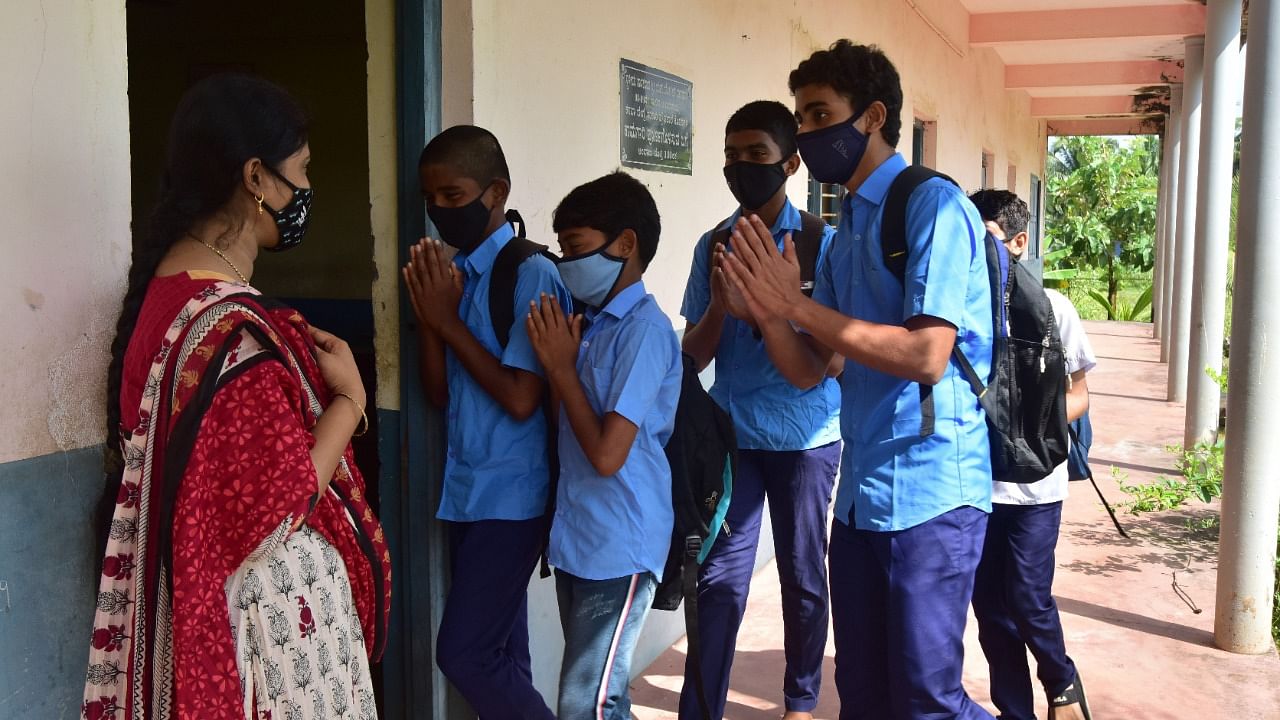
How would you react if your child, even after going to school for several years, is unable to read and do simple math? Why have Union and state governments (barring Delhi), even after seeing these shocking statistics, been quiet? Yes, there have been several reform attempts like Sarva Shiksha Abhiyan, Rashtriya Madhyamik Shiksha Abhiyan, Right to Education, etc. Several NGOs have also tried to bring about improvement through several innovative ways of teaching. “Read India” is one such effort by Pratham. Still, why do we continue to see a decline in the quality of education? What’s even more shocking is why we, as a nation, are tone-deaf.
One simple explanation is that the rich, upper-middle-class, and political leaders are able to send their children to elite schools; some even send them abroad. It is rare to see government school teachers sending their children to government schools. Not that poorly managed private schools are any better than the government schools, based on ASER surveys. Thus, this special class of citizens who have the voice and power to shape our education policy has no interest or concern. On the other hand, some of them who operate private schools, coaching schools, and tuition centres are the beneficiaries of the current policy. They want the status quo and are the ones who oppose the progressive New Education Policy (NEP).
The dysfunctional education system was exposed for the first time when Pratham conducted a nationwide random household survey called ASER (Annual Status Education Report) in 2005. Six lakh children in 3-14 age group in three lakh homes were tested. Close to 35% of children in the 7-14 age group could not read a simple paragraph (grade 1 level difficulty), and almost 60% of the children could not read a simple story (grade 2 level difficulty).
This showed the dismal state of learning in rural India. What is more disturbing, however, is that the ASER survey report of 2018, conducted after a gap of 13 years, showed no significant improvement. The closure of schools due to the Covid-19 pandemic has further deteriorated the level of learning. Karnataka, the only state to be surveyed during March 2021, has recorded a further decline. The current situation should have pricked the conscience of the nation. Has it?
According to a 2018 report by the National University Education Planning and Administration (NUEPA), primary school teachers only spent 19% of their school hours teaching. That is, only one day in a five-day week! During the other four days, teachers either did non-teaching activities or were simply absent. A few of the reasons were census, disaster relief, and election duties. Frequent teacher training, travel from urban centres to rural schools, and absences also take a toll.
Out of the 44,615 primary schools in Karnataka, 4,767 are single-teacher schools, with an average of 20 students. Given the small number of students, the infrastructure is also limited. No teaching takes place in such schools when the teacher is either absent or on government duty. These schools need to be shut down forthwith and combined with the nearest larger schools with an adequate number of teachers and other essential infrastructure required for learning, as suggested in the NEP.
Teachers most critical
A teacher is the most important component in a school. In Finland, teachers are paid above-average salaries and are held in high esteem. Students in Shanti Bhavan school (close to Bengaluru), which admits only slum children, master foundational skills and complete high school; many of them take professional courses and get recruited by top companies. The commitment and qualifications of the teachers, adequate infrastructure such as libraries, computers, labs, playgrounds, musical instruments, etc., are critical success factors.
It is high time we question the need to transfer teachers. A disruption by way of a teacher transfer is likely to cause emotional distress and disrupt a child’s interest in learning. To avoid such disruption, the continuity of the teacher is desirable. As everyone knows, teacher transfer has become an industry to make money. Are teachers in well-run private schools transferred? Only when teachers stay in one place and be part of the community will their productivity increase.
In an examination-driven system, marks are the most important driving force. The pressure to score high marks, both from the school and the parents, causes immense stress to students, harming both physical and mental well-being. Rote learning is the outcome. Should we allow just one public examination to shape the destiny of students? Today’s evaluation system does not assess students’ analytical abilities, social concerns, citizenship, etc., but rather memory and information. NEP has the perfect solution to overcome this problem. A Continuous Comprehensive Evaluation (CCE) by the teacher is less stressful and provides the teacher with an opportunity to make course corrections in the teaching methods.
Decentralisation
A curriculum designed and prescribed by a central authority may not be relevant to the location where the child resides. The child may not even comprehend the lesson. A district-level board should have the authority to formulate lesson plans to teach what is important to the local conditions — information that adds value to the child’s life and wellbeing. The teacher should also enjoy the freedom to teach what is relevant to the immediate environment and what he or she feels the child should learn.
Closing small schools and merging them with larger ones, stopping the transfer of teachers, replacing rote-driven examination system by continuous evaluation, diverting more resources to the education sector, decentralisation to give more authority to school complexes and teachers, and above all, recruiting the best talents available to be teachers, are critical to transforming our current dysfunctional education system. Introducing these reforms, which are included in the NEP, will require herculean efforts and strong political will.
(The writers are associated with Pratham, Mysuru)